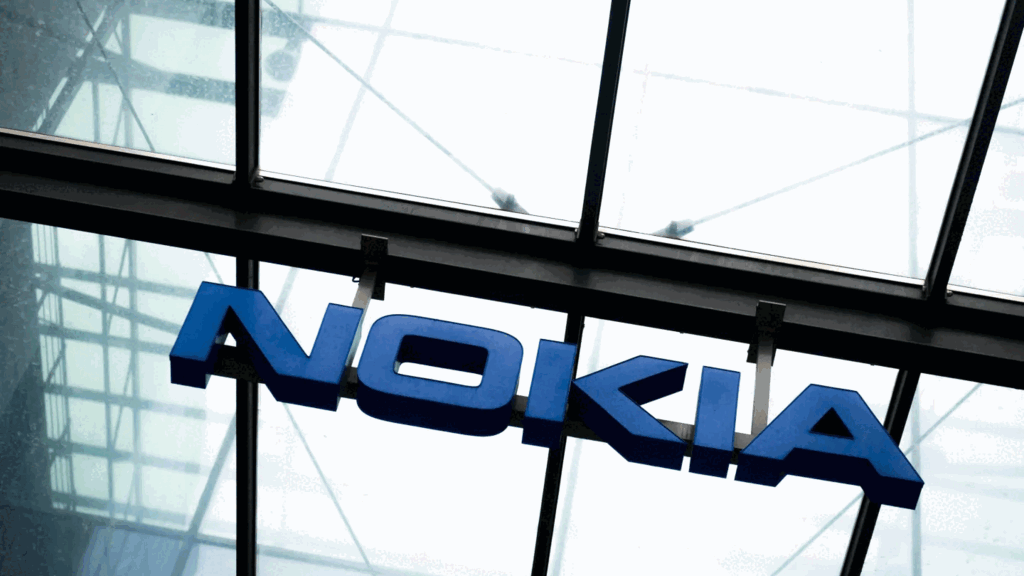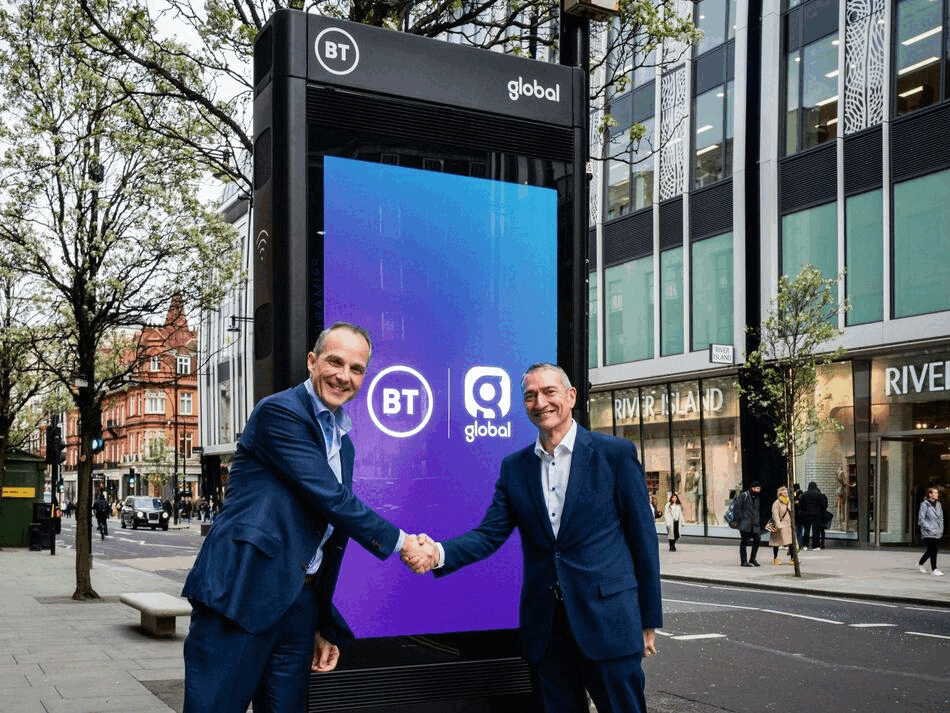 The City of Turin has hosted a live trial of new driver and pedestrian safety technology allowing near-real-time notification of roadway hazards through 5G-Edge networks. The trial, which ran yesterday, is one of a series conducted internationally by a historic public-private collaboration over the next few years, organized by the 5G Automotive Association (5GAA) and eight member companies representing leading technology companies from around the globe.
The City of Turin has hosted a live trial of new driver and pedestrian safety technology allowing near-real-time notification of roadway hazards through 5G-Edge networks. The trial, which ran yesterday, is one of a series conducted internationally by a historic public-private collaboration over the next few years, organized by the 5G Automotive Association (5GAA) and eight member companies representing leading technology companies from around the globe.
The promise of 5G and Edge technology has long been anticipated to deliver new connected services that will revolutionize daily life, with the estimated new economic opportunity stretching into the trillions USD over the next 10-years. The global connected car market size alone is projected to reach $191.8bn by 2028.
5G transmission speeds and so-called “Edge” servers – locally installed, high-powered computers capable of running Artificial Intelligence programs – open the door to smart city technologies like near real-time traffic management and many other business applications. The connected car concept uses this high-speed and Edge computing technology to communicate with car sensors and pedestrian smartphones, via a user-authorized mobile app, about traffic hazards, such as accidents and road construction, to aid driver safety and efficient navigation.
“The connected car concept is an important validation of the combined value of Edge, of 5G and IOT,” said Paolo Campoli, Head of Global Service Provider sector at Cisco, “We are so excited to take part in this event that creates a platform for innovation in 5G IOT. The integration of 5G mobility, applications and data processing at the Edge requires expertise from very different domains – expertise that Cisco and Partners can bring. It includes elements of automation, intelligent infrastructure and workloads control, cybersecurity protection and end-to-end application observability. The live trial in Turin is a great opportunity to show how the intersection of Edge, 5G and IOT based on Standards creates a platform to connect Service Providers and Industries.”
This live international trial attempts to solve one of the more technical challenges of making the connected car concept a daily reality. The 5G networks underpinning the concept are managed by communication service providers (CoSPs) according to geography, each with different edge solutions that must be able to communicate without interruption of the V2X applications as drivers cross borders. Roaming services – the ability to make a call regardless of the network – is one early success of multi-mobile network operators (MNO). Demonstrating the connected car concept can work in a roaming scenario is the core objective of the live trial and represents the first of any such attempt in Europe.
The Turin live trial addresses three objectives:
- Multi-MNO scenario – How can a vehicle, which has radio access to operator A, use a Multi-access Edge Computing (MEC) application, which is operated by operator B.
- Global operational Availability – How can an OEM as the MEC application developer be sure, especially on a global basis, that a MEC application works in the same way if it’s operated by operator A, or operator B.
- Multi-MNO with roaming scenario – Where the two operators can seamlessly transfer the V2X (Vehicle-to-everything) service from one operator to the other as the car OEM moves from one geo to the other in a roaming scenario. Typically, when an in-vehicle driver does a cross-border travel that involves two operators.
One of the key benefits of the trial is the value demonstrated by bringing in a large ecosystem to help develop not only the technology but also build the business case and model that will help drive the market adoption for 5G and C-V2X to help into the digital transformation of smart cities of the future. To succeed in this endeavour, it will need investment from both public and private sectors to help adopt this new technology.
















